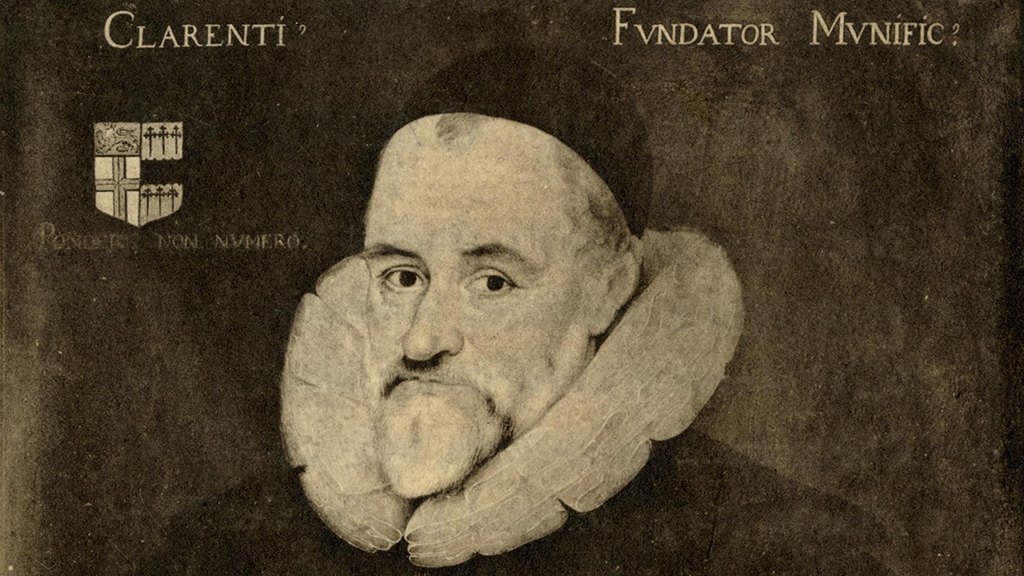Article by Ruth de Wynter, Archive Volunteer, first published in The Camden, 2013 William Camden was born at the Old Bailey, London, the son of Sampsen Camden, a painter-stainer and Elizabeth Curwen. He firstly attended Christ’s Hospital School in the City of London but after suffering from Plague in 1563 was removed to Islington. Upon recovery he attended St Paul’s School,…
-
-
The Fire of 1731 by Benedict Randall Shaw
In 1730, Lord Ashburnham leased Ashburnham House to the Crown to store the King’s and Cotton Libraries, as it was considered to be ‘much more safe from fire’ than their previous storage place in Essex House, The Strand, and with the books came Dr Bentley junior, who had taken on the role of King’s Librarian from his father; as luck…
-
Dr James Gow by William Mirza
Dr James Gow, Head Master from 1901-1919, saw Westminster through a hectic time which included the start of the twentieth century, the First World War and several royal visits. Along with several of his predecessors, he is best known for continuing to build up the reputation of a school that had suffered badly sixty years before. Gow was always keen…
-
The Camden Room
The Camden Room takes its name from Westminster School Head Master, William Camden (1551-1623) whose portrait hangs on the west wall. Camden is one of the school’s best known Head Masters, an antiquarian, historian, topographer and herald, perhaps best known for his great work Britannia which surveyed the geography and history of Great Britain and Ireland. The long school holidays…
-
The Scott Library by Benedict Randall Shaw
In 1879, an article in the Elizabethan set forth the case for a Library. In 1881, Lord John Thynne died and the school purchased Ashburnham House. A decision was taken to convert part of the first floor into a library and museum. The masters contributed £170 plus £50 yearly. However, this was not enough. An appeal for additional funds was…



